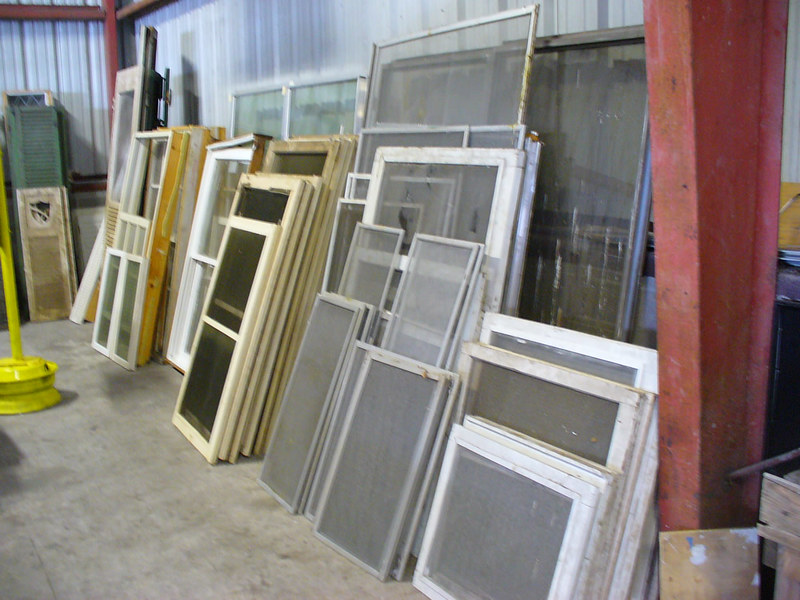Window screens
Contents |
[edit] Introduction
Window screens (sometimes referred to as fly screens) are exterior window coverings that are removable. They are primarily made from materials such as aluminium and fibreglass.
Their purpose is to keep out insects when windows are open, but they can also help provide protection from small stones and objects that might break window glass.
Window screens were first introduced in the United States in the 1800s. They gained popularity in North America and Australia in the 1950s and variations are now frequently used on structures such as porches and conservatories (or sunrooms).
[edit] Applications
Window screens are used in domestic applications in areas where seasonal insects (such as flies, midges, mosquitoes and wasps) can be a nuisance. Window screens can also help keep pets inside while preventing unwanted intrusions from birds and small animals. In addition, there are extremely fine screen options that can help cut the amount of pollen entering through open windows.
They also provide some glare reduction inside while creating a degree of privacy from the outside of the building.
[edit] Aesthetics
Like wired glass, window screens can be less visually attractive than plain windows, although it is possible to improve the overall look of the screens by selecting screening materials that are less visible.
Window screens partially obstruct interior views, although this can again be controlled through the selection process. For instance, some window screens can be quickly removed or rolled up and retracted to reduce their visibility.
Aesthetics can also be improved by decorating the screens. In some neighbourhoods, folk art is a common theme on window screens, either painted or printed directly onto the mesh.
Short Guide, Scottish traditional shopfronts, published, on 18 April 2017 by Historic Environment Scotland, defines window screens as: ‘Devices used to create a division between the window display and shop. Often made of timber or glass and found in Victorian, Edwardian and inter-war shops. Changes in fashion mean that these rarely survive.’
[edit] Related articles on Designing Building
[edit] Related articles on Designing Buildings
Featured articles and news
Moisture, fire safety and emerging trends in living walls
How wet is your wall?
Current policy explained and newly published consultation by the UK and Welsh Governments.
British architecture 1919–39. Book review.
Conservation of listed prefabs in Moseley.
Energy industry calls for urgent reform.
Heritage staff wellbeing at work survey.
A five minute introduction.
50th Golden anniversary ECA Edmundson apprentice award
Showcasing the very best electrotechnical and engineering services for half a century.
Welsh government consults on HRBs and reg changes
Seeking feedback on a new regulatory regime and a broad range of issues.
CIOB Client Guide (2nd edition) March 2025
Free download covering statutory dutyholder roles under the Building Safety Act and much more.
AI and automation in 3D modelling and spatial design
Can almost half of design development tasks be automated?
Minister quizzed, as responsibility transfers to MHCLG and BSR publishes new building control guidance.
UK environmental regulations reform 2025
Amid wider new approaches to ensure regulators and regulation support growth.
The maintenance challenge of tenements.
BSRIA Statutory Compliance Inspection Checklist
BG80/2025 now significantly updated to include requirements related to important changes in legislation.
Shortlist for the 2025 Roofscape Design Awards
Talent and innovation showcase announcement from the trussed rafter industry.























